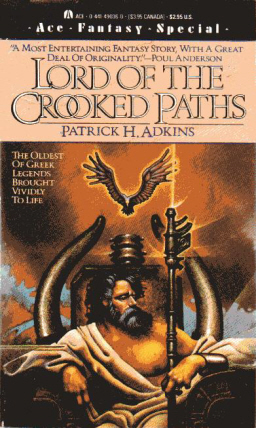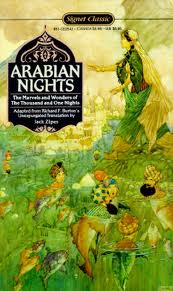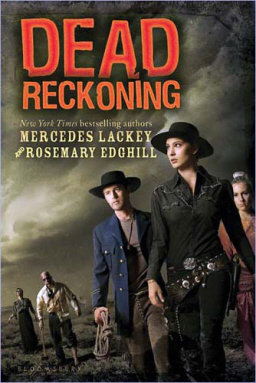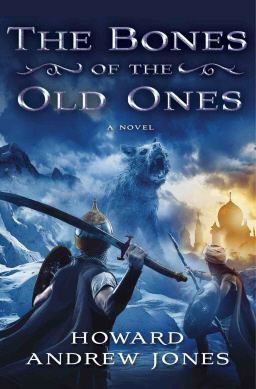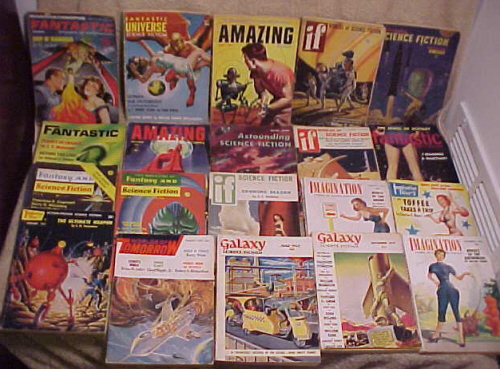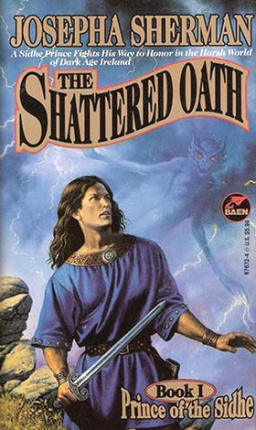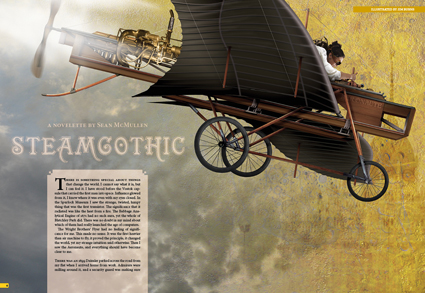Michaele Jordan Reviews Dark Tales of Lost Civilizations
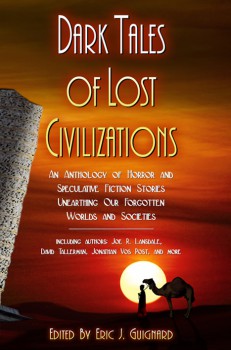 Dark Tales of Lost Civilizations: An Anthology of Horror and Speculative Fiction Stories Unearthing our Forgotten Worlds and Societies
Dark Tales of Lost Civilizations: An Anthology of Horror and Speculative Fiction Stories Unearthing our Forgotten Worlds and Societies
Edited by Eric J. Guignard
Dark Moon Books (pp 241, 25 stories, $14.37 trade paperback, February 2012)
Reviewed by Michaele Jordan
Many readers might think they knew what to expect from this book, just from the title. They would be wrong. Mr. Guignard does an astonishing job of expanding the apparent range of his title into a varied and colorful collection of almost everything under the sun, or rather, everything hidden away from the sun.
Who knew there were so many kinds of lost civilizations? The civilizations visited in these stories range from historically documented civilizations—either trampled under the march of history, as in Jamie Lackey’s story, “Quetzalcoatl’s Conquistador,” or active participants in the trampling, as in “The Funeral Procession” by Jay R. Thurston—to the entirely mythical, like that of “Gilgamesh and the Mountain” by Bruce L. Priddy. In between these two extremes, we find an intriguing half historical, half legendary lost society in Jackson Kuhl’s “Quivira”.
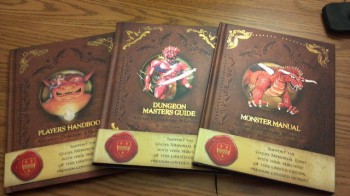
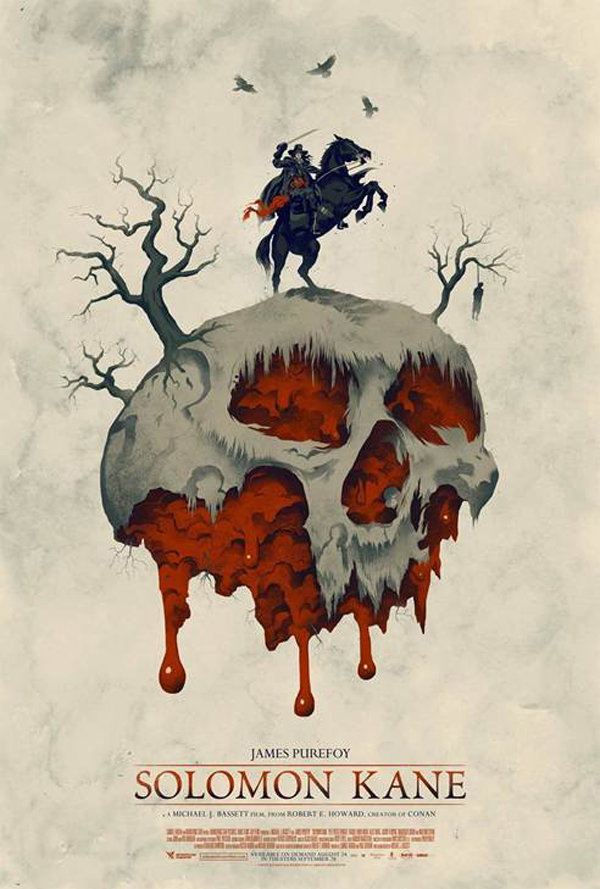 Update:
Update: 